Increased Investment in Industry 4.0
The IoT analytics market is benefiting from Germany's strong push towards Industry 4.0, which emphasizes automation and data exchange in manufacturing technologies. This paradigm shift is leading to increased investments in IoT solutions that facilitate real-time data collection and analysis. Reports indicate that the German manufacturing sector is projected to invest over €10 billion in IoT technologies by 2026. This investment is likely to enhance operational efficiency and productivity, driving the demand for sophisticated analytics tools. As manufacturers seek to leverage data for competitive advantage, the iot analytics market is poised for substantial growth, with companies increasingly relying on data-driven insights to optimize their processes.
Expansion of Smart Cities Initiatives
Germany's commitment to developing smart cities is significantly influencing the iot analytics market. The government has initiated various projects aimed at enhancing urban infrastructure through IoT technologies. These initiatives focus on improving public services, traffic management, and energy efficiency. For instance, the implementation of smart traffic systems can reduce congestion by up to 20%, showcasing the potential of IoT analytics in urban planning. As cities become more interconnected, the demand for advanced analytics solutions to process and interpret data from various sources is expected to rise. This trend not only supports sustainable urban development but also creates new opportunities for businesses in the iot analytics market.
Growing Need for Enhanced Data Security
As the iot analytics market expands in Germany, the need for robust data security measures is becoming increasingly critical. With the rise of connected devices, the potential for data breaches and cyber threats has escalated. Organizations are now prioritizing the implementation of advanced security protocols to protect sensitive information. According to industry reports, nearly 60% of companies in Germany are investing in cybersecurity solutions specifically tailored for IoT environments. This focus on data security not only safeguards company assets but also builds consumer trust, which is essential for the continued growth of the iot analytics market. As regulations around data protection become more stringent, companies are likely to seek analytics solutions that incorporate security features.
Rising Demand for Predictive Maintenance
The IoT analytics market in Germany is experiencing a notable surge in demand for predictive maintenance solutions. Industries are increasingly adopting IoT technologies to monitor equipment health in real-time, thereby reducing downtime and maintenance costs. According to recent data, predictive maintenance can lead to a reduction in maintenance costs by up to 30%. This trend is particularly evident in manufacturing and transportation sectors, where operational efficiency is paramount. The integration of IoT analytics allows companies to analyze vast amounts of data generated by machinery, enabling them to predict failures before they occur. As a result, organizations are investing heavily in IoT analytics tools to enhance their maintenance strategies, which is likely to drive market growth in the coming years.
Advancements in Cloud Computing Technologies
The evolution of cloud computing technologies is playing a pivotal role in shaping the iot analytics market in Germany. The increasing adoption of cloud-based platforms allows organizations to store and analyze vast amounts of data generated by IoT devices efficiently. This shift is particularly beneficial for small and medium-sized enterprises (SMEs) that may lack the resources for on-premises infrastructure. Current estimates suggest that cloud services in Germany are expected to grow by over 25% annually, facilitating the integration of IoT analytics into business operations. As companies leverage cloud solutions for scalability and flexibility, the demand for analytics tools that can operate seamlessly in cloud environments is likely to rise, further propelling market growth.


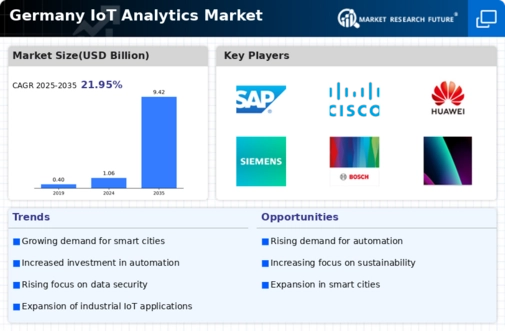
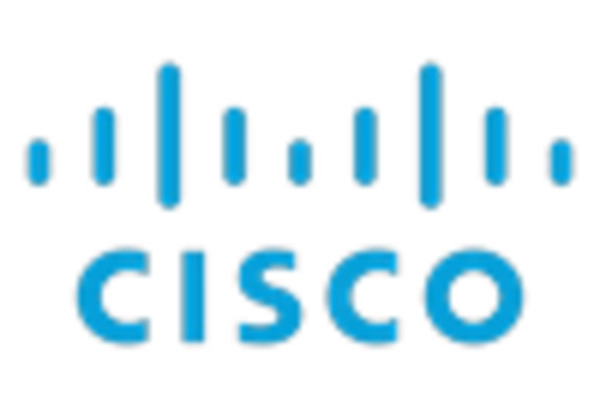


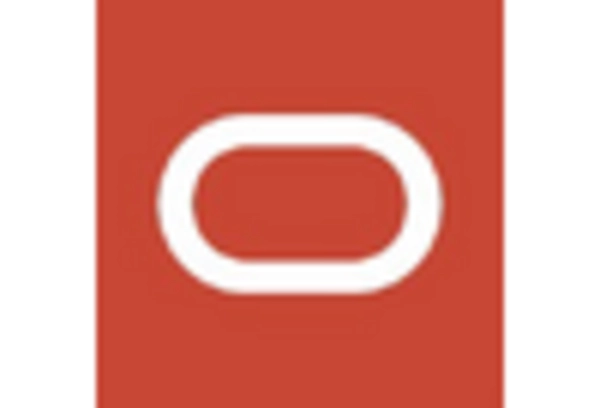
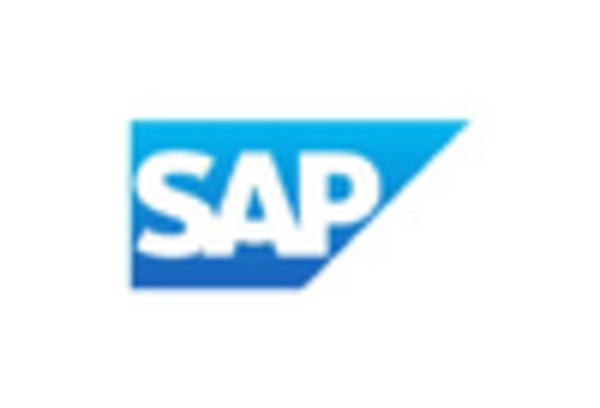
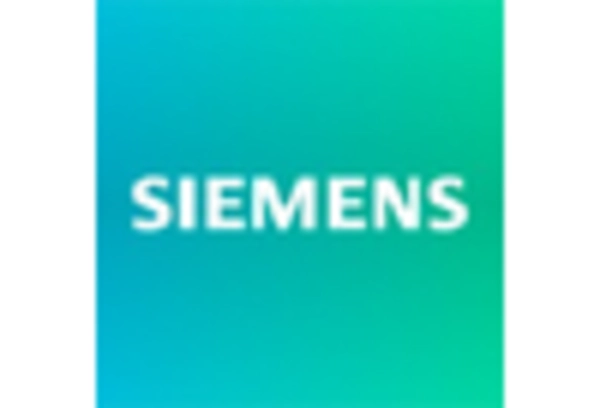








Leave a Comment